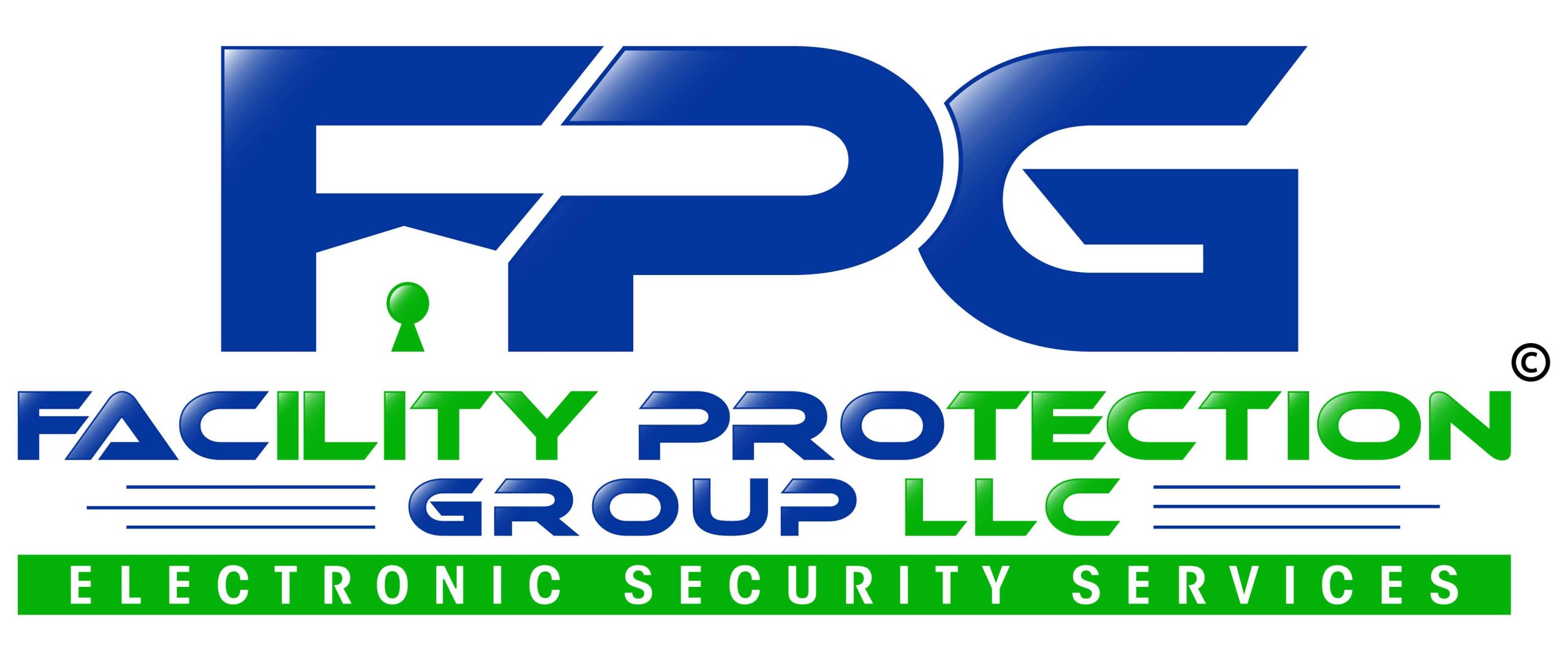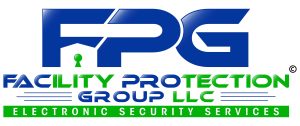
Conducting a Comprehensive Physical Security Risk Assessment
The first step in fortifying your business against physical threats is to conduct a thorough risk assessment. This proactive approach allows you to identify potential vulnerabilities and prioritize the areas that require the most attention.
Identifying Threats and Vulnerabilities
Begin by assessing the specific threats your business faces, whether they stem from local crime trends, weaknesses in your current security setup, or emerging risks that have recently come to light. Consider factors such as your business’s location, past security incidents, and the effectiveness of your existing measures.
Evaluating Exposure and Impact
Once you’ve identified the potential threats, evaluate how exposed your business is to each risk. This involves assessing the likelihood of a security breach and the potential impact it could have on your operations. Factors such as the accessibility of your premises, the visibility of your property, and the presence of natural or man-made barriers can all contribute to your vulnerability.
Prioritizing Security Upgrades
With a clear understanding of your risks and vulnerabilities, you can prioritize your security upgrades and allocate resources more efficiently. Focus first on the risks with the highest probability and greatest potential impact, ensuring that your most critical assets and areas are well-protected.
Developing Robust Emergency Protocols
Establishing clear emergency protocols is essential for your business to ensure a swift and effective response to any critical situation that may arise. These protocols should address a variety of scenarios, including fires, natural disasters, and security breaches.
Designating Roles and Responsibilities
Identify key individuals within your organization who can take charge during an emergency and guide others. Clearly define their roles and responsibilities, ensuring that everyone understands their part in the emergency response plan.
Implementing a Foolproof Communication System
Establish a communication system that can rapidly disseminate messages to all staff and emergency services when necessary. This could involve a combination of alarm systems, emergency notification apps, and pre-determined channels of communication.
Conducting Regular Drills and Training
Regular emergency drills and training sessions are crucial to ensuring your team’s preparedness. These rehearsals will help everyone stay calm and act effectively if a real emergency strikes, minimizing the risk of panic and chaos.
Continuously Reviewing and Updating Protocols
As your business evolves, so do the potential risks. Regularly review and revise your emergency protocols to ensure they remain relevant and effective in addressing the changing landscape of your organization.
Hiring Trained Physical Security Personnel
While emergency protocols lay the groundwork for dealing with unexpected situations, bringing in trained security personnel adds a robust layer of protection to your business’s physical security measures.
Deterring Criminal Behavior
Trained security guards serve as a visible deterrent to potential intruders, sending a clear message that your business takes security seriously. Their presence can significantly reduce the risk of theft, vandalism, and other security breaches.
Providing Rapid Response
In the event of a security incident, your trained security personnel are equipped to respond quickly and effectively, minimizing the potential for harm and damage to your property.
Tailoring Security Solutions to Your Needs
You can customize the security personnel to your specific requirements, whether you need round-the-clock surveillance, periodic patrols, or specialized security for events.
Integrating Sophisticated CCTV Surveillance
Strategically placed CCTV cameras around your premises can significantly enhance your physical security by deterring potential intruders and capturing crucial footage of any suspicious activity.
Prioritizing Key Entry Points and Sensitive Areas
Focus your CCTV installation on key entry points, parking lots, and other sensitive areas of your property. This not only acts as a psychological barrier to those considering unauthorized entry but also serves as a critical tool for evidence collection if an incident occurs.
Investing in High-Quality, Reliable Systems
Ensure that you invest in high-quality, reliable CCTV systems that offer clear imagery, even in low-light conditions. Poor-quality footage can be as good as no footage when it comes to identifying perpetrators or understanding the details of a security event.
Maintaining and Optimizing the System
Regularly maintain and check your CCTV system to ensure it is functioning correctly and positioned to minimize blind spots. Consult with security professionals to ensure your surveillance setup is optimized for your specific business needs.
Enhancing Physical Barriers
To fortify your business against intruders, consider installing enhanced physical barriers such as security lighting, gates, and reinforced doors. These measures not only discourage would-be intruders but also delay any forced entry attempts, providing crucial time for authorities to respond.
Illuminating Dark Corners and Potential Hiding Spots
Security lighting plays a crucial role in deterring intruders by illuminating dark corners and potential hiding spots around your property, reducing the cover available for someone trying to gain unauthorized access.
Establishing Clear Boundaries with Robust Gates and Fencing
Sturdy gates and fencing serve as strong physical deterrents, creating a clear boundary that signals to potential intruders that you take security seriously. Consider adding bollards to stop vehicles from ramming into your premises, providing an extra layer of protection for pedestrian areas and building perimeters.
Reinforcing Doors and Windows
Reinforce your doors and windows with strong materials and locks to withstand forceful attempts to break in. You can also add shatterproof glass or window bars to make your windows less vulnerable to breach.
Preventing Unauthorized Access Through Barrier Gaps
While physical barriers are essential, it’s crucial to address potential points of entry where intruders can circumvent your security measures. These barrier gaps, such as gates, doors, and maintenance panels, require special attention.
Controlling Ingress and Egress
Carefully manage the access points through your perimeter and structural barriers. This may involve implementing automated or manual gate systems, access controls, and securing maintenance panels and other potential entry points.
Mitigating Vulnerabilities in Interior Walls and Ceilings
Ensure that your interior walls and ceilings are designed to resist intruder attempts to bypass other security measures. Pay close attention to areas where walls do not extend to the ceiling, as these gaps can provide unauthorized access.
Addressing Natural and Man-made Obstacles
Ditches, culverts, and other natural or man-made structures around your property can create unintentional gaps that intruders can exploit. Carefully assess and address these vulnerabilities to close any potential entry points.
Deterring Intruders with Non-Visual Detection Solutions
While visual surveillance plays a crucial role, you can enhance your physical security by incorporating non-visual detection solutions that complement your CCTV system.
Leveraging Dry Contact, Electromechanical, and Vibration Sensors
These types of sensors can detect attempts to penetrate or circumvent your physical barriers, triggering alarms and alerting your security personnel to potential intrusions.
Employing Pressure Mats, Photoelectric Beams, and Wave Pattern Detectors
These advanced detection systems can sense the presence of an intruder, even in areas not covered by your CCTV cameras, providing an additional layer of security.
Integrating Duress Activation and Air Pressure Detection
Duress activation systems allow your employees to discreetly signal an emergency, while air pressure detection can sense when a door or window is opened, triggering an alarm.
Ensuring Flexibility and Reducing False Positives
When implementing non-visual detection solutions, consider the flexibility to arm or disarm specific zones and minimize the risk of false alarms, which can undermine the effectiveness of your security system.
Prioritizing Employee Safety in Incident Response
While your physical security measures are designed to deter and delay intruders, it’s crucial to ensure that your emergency response protocols prioritize the safety of your employees and customers.
Detecting, Assessing, and Containing Intruders
Your security personnel and emergency protocols should be focused on detecting the presence of an intruder, assessing the situation, and containing the threat without jeopardizing the well-being of those within your business.
Tracking Intruder Movements and Providing Information to Responders
Effective tracking and communication of the intruder’s location and actions can aid the response of law enforcement or other emergency services, helping to apprehend the perpetrator and minimize the risk of harm.
Emphasizing Employee Safety as the Primary Objective
Throughout your physical security planning and incident response procedures, the safety of your employees and customers must remain the top priority. Avoid escalating situations in a way that could endanger lives, and focus on de-escalation and evacuation strategies when necessary.
Layering Security Measures for Maximum Protection
Effective physical security is not about relying on a single solution, but rather a carefully orchestrated combination of deterrents, delays, detection, and response mechanisms.
Integrating Complementary Security Elements
By layering your security measures, you create a multi-faceted approach that addresses potential vulnerabilities from multiple angles. This could include a combination of physical barriers, surveillance systems, access controls, and trained security personnel.
Ensuring Seamless Coordination and Communication
The success of your physical security strategy relies on the seamless coordination and communication between the various elements of your security system. Regularly review and refine the integration of these components to ensure they work in harmony to protect your business.
Maintaining Vigilance and Continuous Improvement
Physical security is an ongoing process that requires constant vigilance and a commitment to continuous improvement. Regularly review your security measures, address any emerging threats, and make adjustments to ensure your business remains a fortress against unwanted intruders.
Safeguarding your business against physical threats is not just about reacting to incidents; it’s about adopting a proactive mindset that anticipates and prevents potential breaches. By embracing the strategies outlined in this comprehensive guide, you can transform your enterprise into a bastion of security, deterring intruders and safeguarding your life’s work.
We Create Integrated Security Systems
Integrated security system design and implementation provides a comprehensive approach to safeguarding assets and ensuring the safety of people within a variety of environments. By combining various security components such as access control, video surveillance, intrusion detection, and physical communication systems into a unified framework, integrated security systems offer a cohesive and interconnected approach to security management.
> Learn More
Contact Us (813-570-8669) for a free consultation!
View Past Projects
—
 About Facility Protection Group
About Facility Protection Group
Facility Protection Group is a Florida state certified systems contractor specializing in electronic security services supporting both traditional and cloud based Access Control (Card Access), Video Surveillance / CCTV, Audio / Video Intercoms, and Intrusion Alarm Systems. Founded in 2018 and located in Tampa, Florida; Facility Protection Group has assembled a team that has a tremendous wealth of industry knowledge and experience.

 About Facility Protection Group
About Facility Protection Group